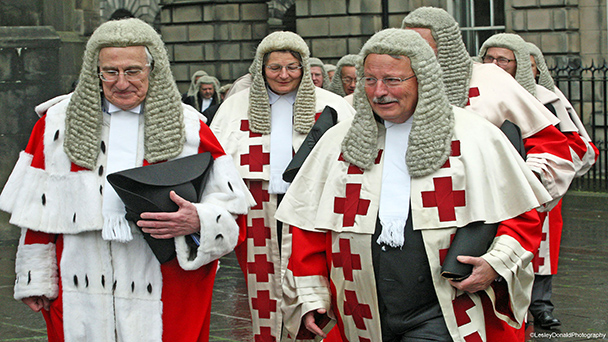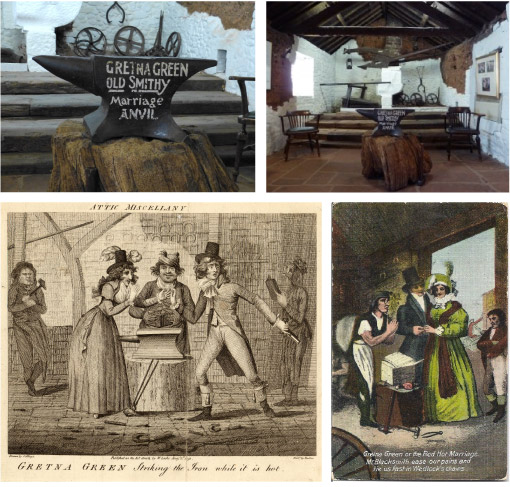2.1 Historical position
Roman law traditionally reflected the fact that young children lacked the power to carry out legal transactions and that a child’s ability to do so developed with age. There was therefore a distinction between the capacity of younger children, who were referred to as pupils, and older ones, who were referred to as minors. A pupil was a girl under the age of 12 or a boy under the age of 14. Pupils lacked legal capacity and any transaction involving them had to be carried out on their behalf. After pupillary a person would progress to minority; that is, they became a minor until reaching majority, which was when they attained full adult power to transact. Minors did have legal capacity but often required the consent of their curator (a guardian who was usually a parent).
Until 1991, Scots law followed the Roman example. Boys and girls were pupils until 14 and 12 respectively and then minors until majority, which was the age of 21 until 1969 when it was lowered to 18. Pupils effectively had no capacity in law, although this was subject to some exceptions such as the ability to buy necessities. A minor on the other hand had legal capacity, but if they had a curator they normally required the curator’s consent to transact. Perhaps surprisingly, minors all had the power to marry until 1929 when the Age of Marriage Act 1929 raised the age to 16 for both sexes.
The absolute capacity to enter into a marriage at the age of 16 was different from the position in England and Wales where parental consent was – and still is – required in order for a young person aged between 16 and 18 to marry. A result of this was the famous practice of young people in England who sought to marry against their parents’ wishes, eloping to Scotland where they could marry freely. The border town of Gretna Green was famed as a frequent destination for such individuals.

